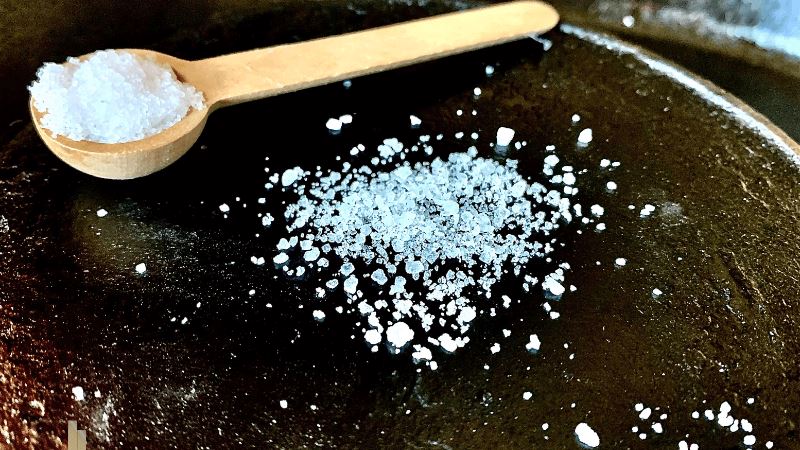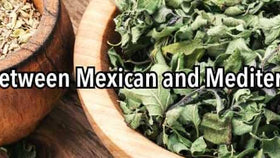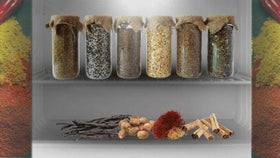What Is So Special About Fleur de Sel?
The Flower of the Salt is a Prized Culinary Treasure
Fleur de Sel quite literally means, flower of salt, but this salt flower of the sea does not possess the fragrance of a flower, nor does it host vibrant hues from all spectrums of the rainbow. The French title came about because of the initial form it takes on during a crucial stage of the harvesting process.
You see, when harvesting fleur de sel from oceanic waters, natural evaporation is required. To accomplish this, sea waters are often guided to marshes or shallow reservoirs, where the liquid is enabled to evaporate via the natural aid of wind and sun. Only the sea salt remains.
Yes, technically, fleur de sel is a type of sea salt, but it is a rare and expensive type of sea salt found only in the top-most layer of the evaporated salt particles—the “crust” is made up of clusters of flaky pyramidical crystals. Prior to gathering the fleur de sel, these crystals pool together, forming patterns reminiscent of the heads of flowers, hence the French translation of “flower of salt”. Meanwhile, the remainder of the sea salt sinks down and is gathered and marketed separately.
Aside from its natural compositional beauty and the unique ways in which it is harvested, there are many reasons why this particular type of sea salt is considered the “crème de la crème” of salts by many culinary professionals. Let’s take a look at what makes this chemical wonder such a gastronomic prize.
Is fleur de sel healthier than other types of salt?
As with just about any other unprocessed ingredient in comparison to their processed counterpart, the nutritional value has not been tainted in fleur de sel. That is not true in the case of refined salt. Table salt, for instance, is often so overly processed that it is merely bleached sodium chloride, lacking all other minerals that many other salts host. Sea salt, on the other hand, retains many beneficial properties for dietary health—minerals that many folks are taking daily supplements for—nutrients like calcium, magnesium, zinc, potassium, and more.
Furthermore, fleur de sel is pure, containing no impurities from the sea that are often found in other versions of sea salt—components such as gypsum, which is actually used to make things like plaster, fertilizer, and sidewalk chalk. While gypsum is considered nontoxic, and is sometimes even used as a means of adding calcium to diets, it is isn’t widely regarded as having health benefits and adds unwanted acidity to many salts. Gypsum does not rise to the top of the water and attach to the salty film formed in the fleur de sel development process, though, it sinks to the bottom alongside other impurities found in the sea. So with fleur de sel, you are getting all the beneficial minerals without the impure or questionable ones.
What does Fleur de Sel taste like?
Another reason chefs and culinary aficionados reach for fleur de sel as a finishing salt, despite its high price tag, is because of the flavor. It goes beyond the realm of “salty” and adds a nuanced textural and flavor component. The various minerals incorporated in the salty crystals contribute a unique taste sensation that is bold and, while salty, also contains a slight tinge of sweetness. Its complexity is incredibly satisfying and enables it to span its utility across the worlds of sweet and savory, amplifying other flavors and rounding out each bite with a perfect minuscule crunch.







Slofoodgroup
Author